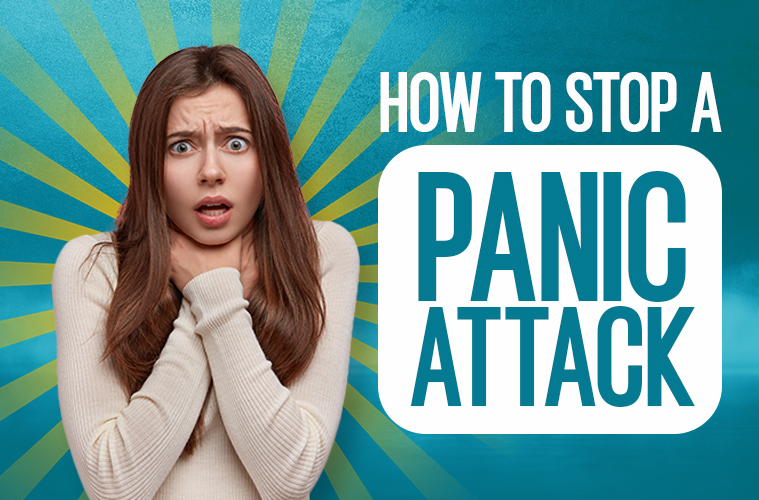Panic attacks are a terrifying experience that can leave a person feeling helpless and overwhelmed. They can occur without warning and cause a range of symptoms, including a pounding heart, sweating, trembling, and shortness of breath. However, by utilizing the power of breath, a person can regain control and ease the severity of a panic attack. Mindful breathing, in particular, is a simple yet powerful technique that has been proven to reduce the frequency and intensity of panic attacks. In this article, we will explore the benefits of mindful breathing for overcoming panic attack (napadaj panike).
1. Calms the Mind and Body: Mindful breathing works by activating the parasympathetic nervous system, also known as the rest-and-digest response. This response helps to calm the mind and body, reducing stress and anxiety. When a person is experiencing a panic attack, their sympathetic nervous system is in overdrive, causing an increase in heart rate, respiration rate, and blood pressure. By slowing down the breath and focusing on the present moment, a person can switch out of the fight-or-flight response and into a state of relaxation.
2. Improves Oxygenation: During a panic attack, a person may feel as though they cannot catch their breath, which only exacerbates the symptoms. However, by practicing mindful breathing, a person can improve oxygenation and reduce feelings of suffocation. Mindful breathing techniques such as diaphragmatic breathing and 4-7-8 breathing work to strengthen the diaphragm and improve lung capacity, facilitating deeper, more relaxed breathing patterns.
3. Creates Mind-Body Awareness: Mindful breathing allows a person to focus on the present moment and create more awareness of their mind-body connection. This heightened state of awareness helps a person to recognize the physical sensations and thoughts that often precede a panic attack. By recognizing these warning signs, a person can intervene early on and prevent a panic attack from fully manifesting.
4. Increases Resilience: Regular practice of mindful breathing can increase a person’s resilience to stress and anxiety. As a person becomes more familiar with their breath and its effects on the mind and body, they begin to build the internal resources necessary to cope with challenging situations. This increased resilience can also lead to a deeper connection to oneself and better decision-making in all areas of life.
5. Easy to Practice Anywhere: One of the greatest benefits of mindful breathing is that it can be practiced anywhere, at any time. Whether a person is at home, work, or out in public, they can use mindful breathing to calm their mind and body in the face of panic and anxiety. There are many different breathing exercises to choose from, each with varying degrees of difficulty, making it accessible to everyone regardless of skill level.
Conclusion:
Panic attacks can be a debilitating experience, but incorporating mindful breathing into a self-care routine can be a powerful tool for overcoming them. By calming the mind and body, improving oxygenation, creating mind-body awareness, increasing resilience, and being easy to practice anywhere, mindful breathing can help reduce the frequency and intensity of panic attacks. It is important to note that mindful breathing does not replace professional medical treatment for panic attacks, but can be used as a complementary practice to support overall mental and physical well-being.



